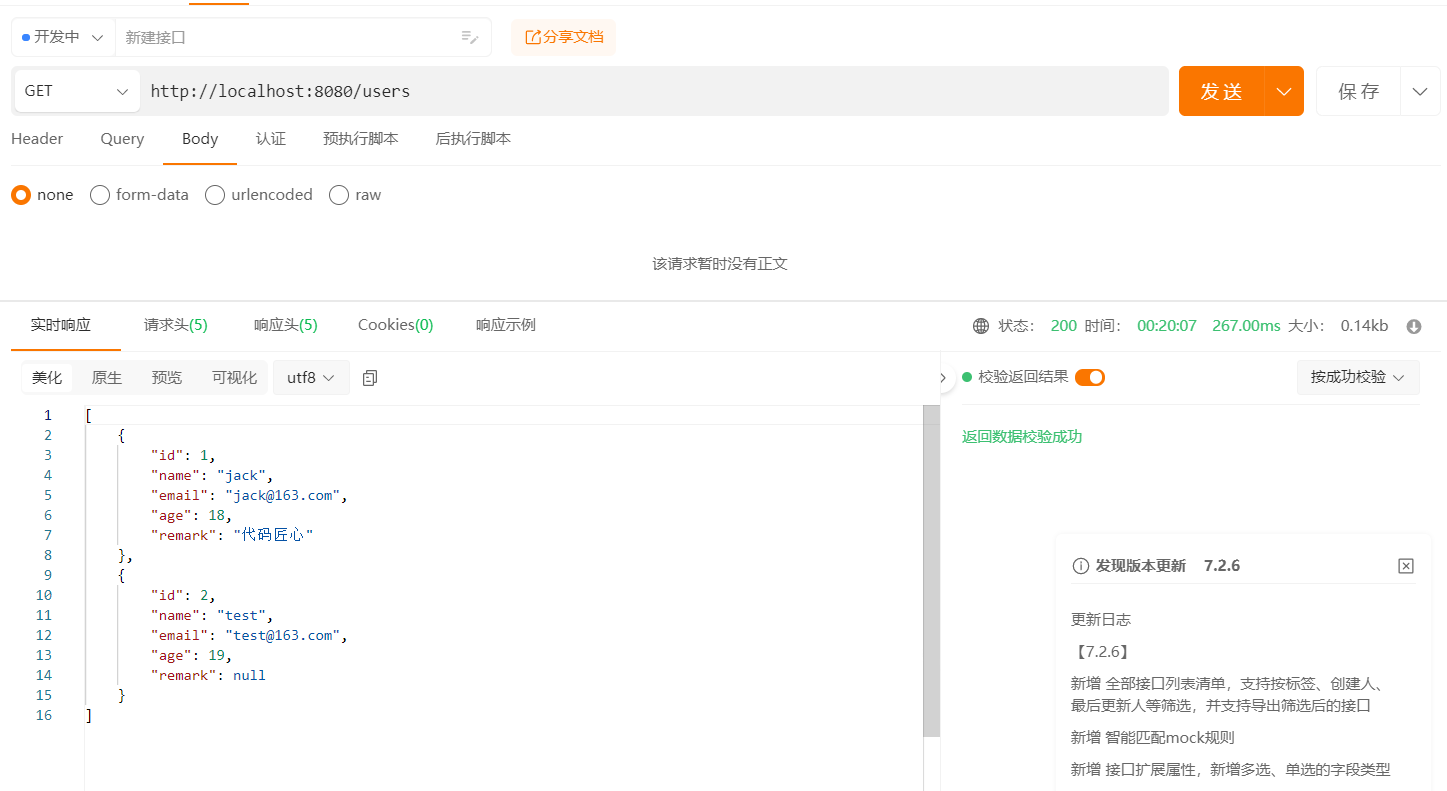1. 简单查询
查询所有字段: SELECT * FROM 表名
查询特定字段: SELECT 字段列表 FROM 表名
2. 查询显示行号
- 在字段列表中加入(@rownum := @rownum + 1) AS rownum
- 在FROM子句中加入 (select @rownum:=0)r
- 示例如下:
select (@rownum := @rownum + 1) AS rownum,book_name from (select @rownum:=0)r, book; 查询结果: +--------+--------------------+ | rownum | book_name | +--------+--------------------+ | 1 | 数据库系统设计 | | 2 | 从实模式到保护模式 | +--------+--------------------+
3. 在查询语句中可以有算术表达式,它将形成一个新列,用于显示计算的结果,通常称为计算列。
实例:select book_price/2 AS new_book_price,author_id from book;
4. 在SELECT子句中使用AS关键字给某个字段起别名
- 基本使用
mysql> select book_price AS New_book_price,author_id as my_idea from book; +----------------+---------+ | New_book_price | my_idea | +----------------+---------+ | 214 | 1 | | 34.5 | 2 | +----------------+---------+ 2 rows in set (0.07 sec)
- 别名中如果出现空格或者()之类的敏感字符,需要使用双引号将别名引起
mysql> select book_name as "the new book name" from book; +--------------------+ | the new book name | +--------------------+ | 数据库系统设计 | | 从实模式到保护模式 | +--------------------+ 2 rows in set (0.06 sec)
mysql> select book_name as the new book name from book;
1064 - You have an error in your SQL syntax; check the manual that corresponds to your MySQL server version for the right syntax to use near 'new book name from book' at line 1
5. 使用DISTINCT消除重复行显示
mysql> select volume FROM book; +--------+ | volume | +--------+ | 45 | | 45 | +--------+ 2 rows in set (0.07 sec) mysql> select DISTINCT volume FROM book; +--------+ | volume | +--------+ | 45 | +--------+ 1 row in set (0.06 sec)
6. 查询结果的排序,order by 字段 (asc,desc),asc表示升序,desc表示降序,如果不指明的话,就会默认使用升序
mysql> SELECT * FROM author ORDER BY id; +----+--------------+---------+ | id | name | address | +----+--------------+---------+ | 1 | chenchen | | | 2 | chenqingyang | | | 5 | 666 | 广州市 | | 14 | gafv | gfgd | +----+--------------+---------+ 4 rows in set (0.05 sec) mysql> select * from author order by id desc; +----+--------------+---------+ | id | name | address | +----+--------------+---------+ | 14 | gafv | gfgd | | 5 | 666 | 广州市 | | 2 | chenqingyang | | | 1 | chenchen | | +----+--------------+---------+ 4 rows in set (0.05 sec)
7. 需要注意的是,在order by子句中,如果该字段是字符类型的话,那将使用字符表的顺序来进行比较
mysql> select * from author order by name ; +----+--------------+---------+ | id | name | address | +----+--------------+---------+ | 1 | chenchen | | | 2 | chenqingyang | | | 14 | gafv | gfgd | +----+--------------+---------+ 3 rows in set (0.05 sec)
8. 索引的创建与删除
- 创建: CREATE INDEX 索引名 on table_name(字段名)
- 删除: DROP INDEX 索引名 on table_name
创建索引示例: mysql> create index name_index on author(name); Query OK, 0 rows affected (0.05 sec) Records: 0 Duplicates: 0 Warnings: 0 删除代码: mysql> DROP index name_index on author; Query OK, 0 rows affected (0.02 sec) Records: 0 Duplicates: 0 Warnings: 0
> 本文由博客一文多发平台 [OpenWrite](https://openwrite.cn?from=article_bottom) 发布!
























